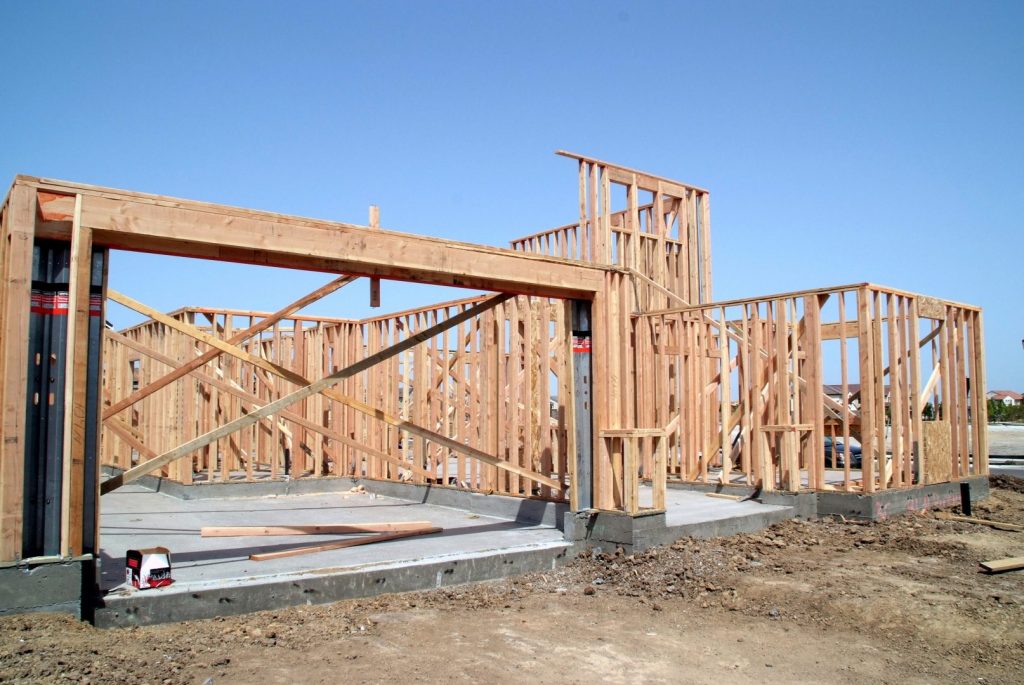
We must build new homes at a pace consistent with what the demand for housing is, including affordable homes, replacement homes, and supplementing those traditionally available
Aging in place is nothing new, but it is receiving much more attention than in the past. It’s not surprising that people want to continue living in the home they have occupied for years – maybe most or all of their adulthood. They may really love it, or they have just become so accustomed to it that they don’t see any reason to move or change from what they have.
Why would we force someone to move out of the home they have come to love, one where they have established their roots, one where their daily routine has become engrained, and one that really can continue to provide for them just because they reach a certain age or begin suffering from a little loss of ability?
It might be customary – something that is expected based on past events – but why should we demand that it happen? Just because the pendulum has not moved as far toward to the availability of existing homes as older individuals have traditionally moved from them is no reason to fault those people for making a prudent lifestyle decision to remain in those homes longer.
It’s called freedom of choice, and aging in place epitomizes this.
Farmsteads have traditionally been places where people have aged in place. Unless they sold the farm or gave up farming to move to the city or some type of managed care housing, they remained in their farm home for their entire life. This is classic aging in place.
Many other people – the vast majority, with the number in the ninety percentile – desire to remain in their current home. As people reach their “senior” years, this becomes more prominent as a trend. However, many Millenials are now buying a lifetime home right out of the starting gate.
Regardless of why people want to remain living in their current home or how long ago they acquired it, it is not their responsibility to give it up to make room from a younger generation to move into the home they love. It is a matter of supply and demand – simply economics.
Whereas in past times, the supply of available homes may have been hastened by older persons moving from the homes they had occupied for several years to move in with family or to transition to a managed care environment, this is not a social or legal requirement. The fact that it may not be occurring as much or as rapidly as real estate agents, lenders, home builders, and government officials who monitor the availability and flow of housing units is really not their concern.
If it truly is a housing supply issue – and it seems to be – let’s turn our attention to those who can make this situation better. This would be the home builders, but not them singularly.
It seems clear that the supply of new homes on the market, as a choice for those desiring them and as replacement stock for those falling into disuse or not being released back into the marketplace as is the case now, has not kept up with the forecast and actual demand. No one can create more product than the builders, but they need help. Zoning, building codes, land development and infrastructure costs, impact fees, water and sewer connections, and other costs are dramatically scaling upward the cost of a building lot and therefore the retail price of a new home. Much of this expense is beyond the builders and falls squarely on local governments.
In many markets today, a builder cannot create and sell a new home for $200,000 when a significant portion (more than half) of that amount is accounted for in just getting the homesite ready to receive the new home. Building materials and labor costs have seen significant increases as well. We literally have priced people out of the market. Therefore, the supply isn’t there in an affordable way, and many people are left wanting.
Add to this the investor activity that is buying up large sections of new construction and desirable existing properties to offer them as rental units.
We may be facing a crisis situation of low supply to meet the demand for quality housing, but why should we be surprised? Did the Boomer market suddenly appear? Did aging in place happen as a trend overnight? We have had plenty of time to plan for and address this shortfall. We just have not done so.
It’s like looking at what steps could have been taken to minimize the impact a major storm had on an area after the storm has passed rather than proactively planning for it before the event actually happened. After the fact is a little late to take preventative measures.
Aging in place may be holding homes off the market that traditionally have been available, but it’s not the responsibility of the occupants to release those homes. The inventory must be increased by building more homes at a quicker pace and by reducing the amount of fees and regulations that have driven up the prices so this can happen.
